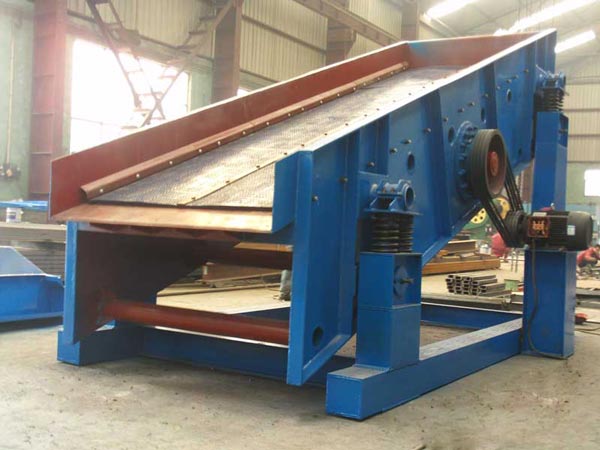High frequency vibrating screens are used in mining operations. Vibrating screens are used to separate ores. They are used for both crushed and solid ores and screen out the smaller pieces from the larger. The screens are laid on an incline and operated with an electromagnetic vibrator. The vibrations range across frequencies which help efficiently separate all types of ores, and users can get good high frequency vibrating screens in here: http://drymixmortarplant.net/.
These types of screens are often used to help classify materials, allowing for fine separations and efficient cuts which helps improve the purity of the final product. Some of the more common industrial applications are processing coal powder, wood pelleting, minerals and ores, food, fractional reclaimed asphalt, dry mortar mixing equipment, and for chemical and pharmaceutical uses.
One of the most common uses for these screens is working with reclaimed asphalt pavement. The screen helps sort the various pieces of broken pavement allowing it to be more easily recycled. This type of recycled payment is used in new road projects and all recycled pavement is worth the same amount as the original pavement.

Vibrating screens also allow oil and aggregate to be reused, thus reducing the amount of new material which may be needed for a project.
High-frequency screens play a vital role in the mineral processing or dry mortar mixer. These screens help separate pieces of ore into various sizes, ensuring small enough pieces are allowed forward to recovery. The requirement for fine grain material is easily met using vibrating screens. These screens allow fine materials to be sorted and unloaded quickly, avoiding over crushing and grinding.
There are lots of sand screener of dry-mix mortar production line for sale at home and abroad. The high frequency vibrating screen breaks down the surface tension between particles, making it easier to separate various sized particles. Vibration screen is operated vertically which means the larger particles lift higher than the finer particles, increasing the separation between the particles.
Generally speaking, the vibrator screen consists of the main frame, eccentric bock, screen web, rub spring, electric motor and coupler. The two primary types of vibrator screens are the electric and hydraulic vibrators. Electric vibrators consist of either solenoids or electric motors, and you can know about vibration screen here: http://drymixmortarplant.net/dry-mortar-production-line/.
Some vibrator screens include static side plates which allow for less noise, smaller support structure, less maintenance, and a longer life. Stationary screens are normally used in plants and are not portable. In the mineral processing industry, where vibrator screens are moved from site to site. Depending upon the site of the job, a company may need to bring their own vibrator screens to sort and categorize minerals and ores.
Second, the vibrator screen is often used for the second run of a material, using this screen to separate out the finest of the particles.
Vibrator screens are also used to treat waste and prepare it for the return to the environment. These waste streams must be treated following separation so that they are safe and will do no harm to the environment.
High frequency vibrator screens are a very efficient way of sorting various particles within a material. They are used in several industries, including mineral and ore processing and waste treatment. If you want to find a good quality mortar plants for your projects, you can check here: http://drymixmortarplant.net/small-dry-mortar-plant/.